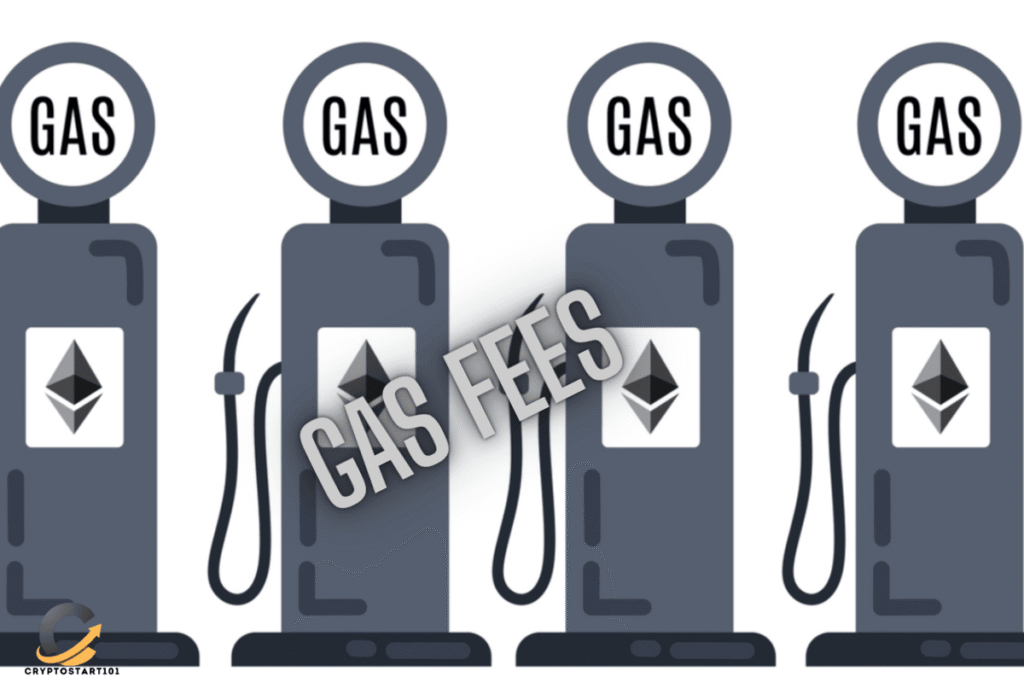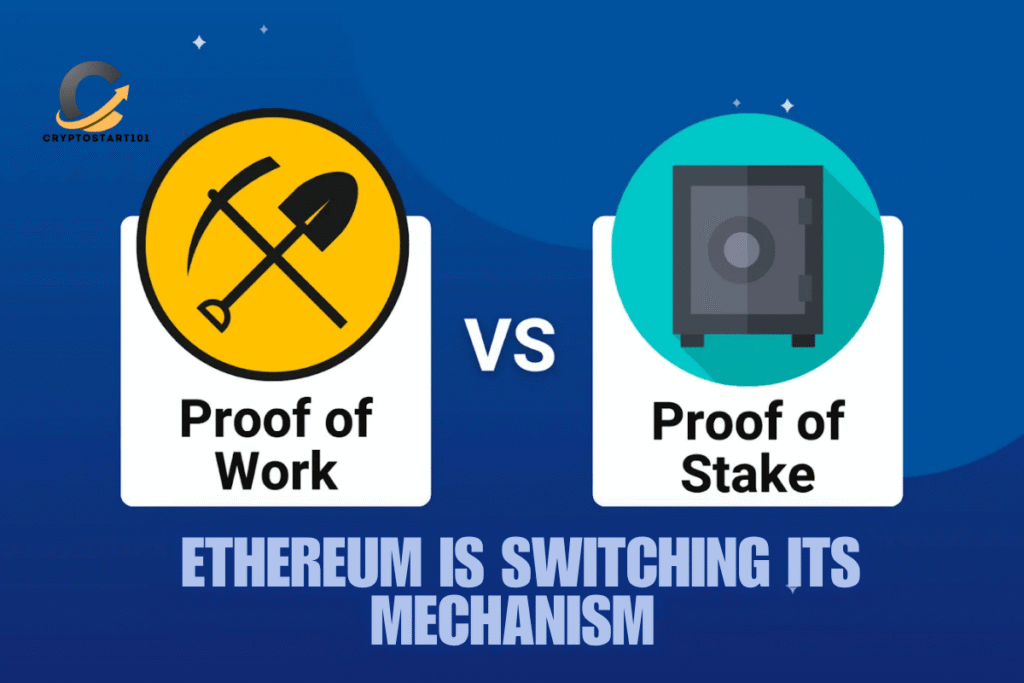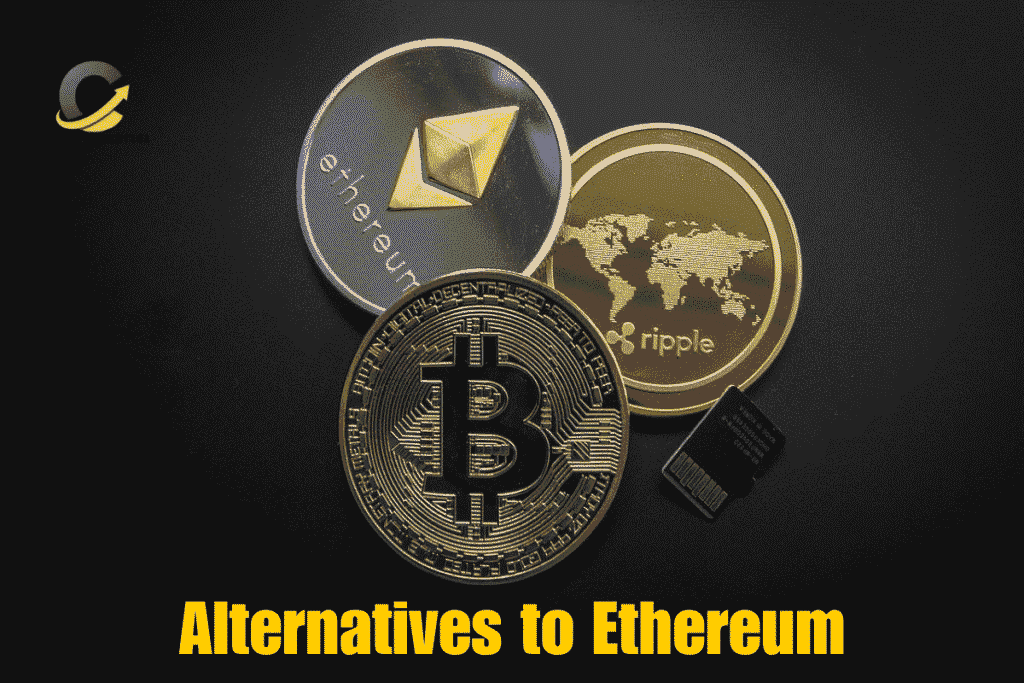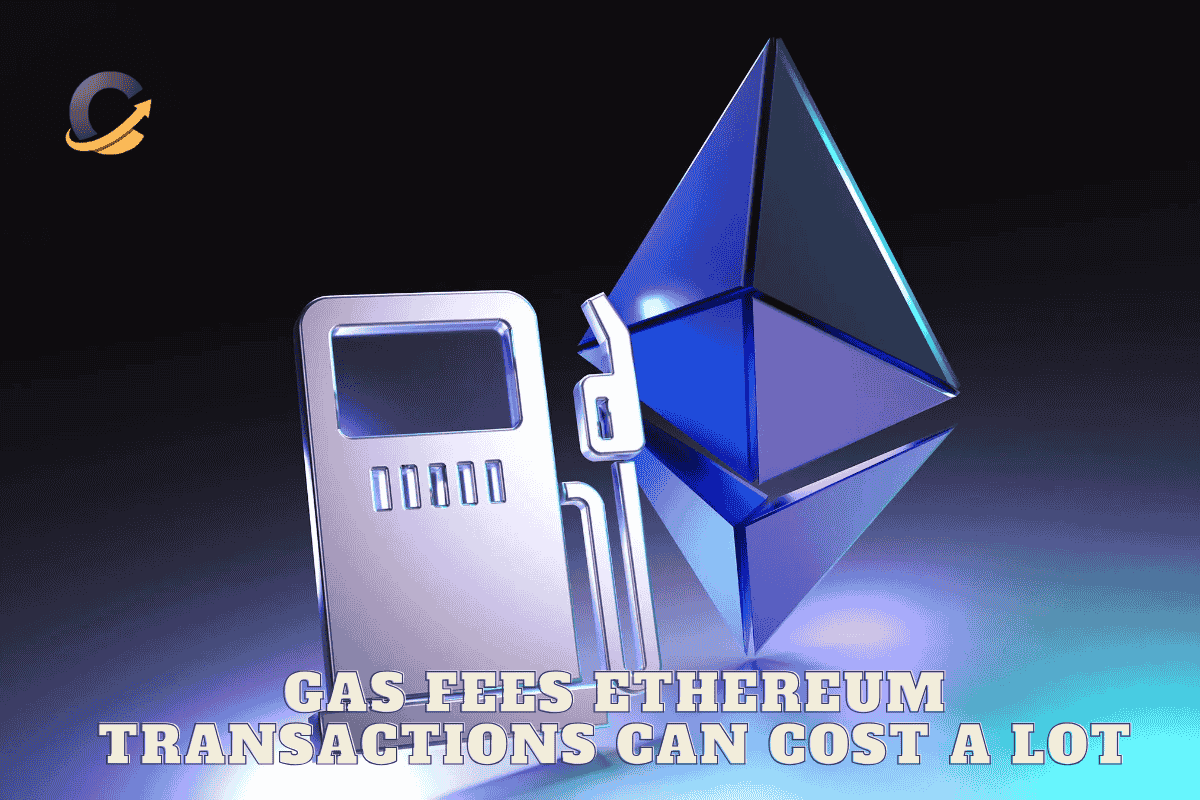Hey Miners! What are Ethereum’s gas fees, and why are they important to developers and users?
Ethereum, which comes in second after Bitcoin in market size, has transformed our understanding of decentralized apps, smart contracts, and digital finance. Nevertheless, one of the most prominent concerns about Ethereum is the question of gas fees—the charges for running transactions. The high cost of these charges can be very frustrating for users and people working on applications.
Coinbase
Here, we will explain everything you need to know about gas fees on Ethereum, including their reasons for being expensive and the ways users can reduce these charges.
Let’s Dive In!
Table of Contents
What Do We Mean by Gas Fees

Since Ethereum is a blockchain system, gas measures the amount of computing power used in each transaction or smart contract. ETH, the official currency of Ethereum, which is quoted in Gwei (1 ETH = 1,000,000,000 Gwei).
How Payment for Gas Transactions Is Made
All actions on Ethereum require you to pay gas to complete them. The fees for a transaction are set as
Gas Fee = (Base Fee + Tip) multiplied by the Gas Units (limit).
Gas Units (cap): The maximum amount of gas the user is able and willing to pay for a transaction.
Once sent, each gas unit in a transaction must pay the base fee set by the network, based on its needs.
However, if the gas limit is below the required threshold for the transaction, the user will still lose their fee, even if the transaction fails to complete.
What Affects Gas Fees
Several factors contribute to determining gas fees on the Ethereum network.
Network Demand
As more people utilize the Ethereum network, it becomes increasingly complex for transactions to be included, which in turn pushes up gas fees. You can expect gas prices to increase sharply during periods of high demand for NFT drops and DeFi protocol launches.
Transaction Complexity
The average gas fee is lower for simple actions, such as sending ETH from one place to another, than for more complex tasks, like working with smart contracts or making transactions on decentralised exchanges.
The Size of a Block and the Rate of Throughput
Too many transactions can occur during high-traffic times, partly because of the current way Ethereum works. With not much block space available, people must pay more to have their transactions included in a block.
Gas Fees as They Changed Over Time
There have been significant changes in Ethereum’s gas fees since its launch. In the past, gas fees were almost nonexistent. When the network gained popularity in 2017 and 2020, the surge in demand led to higher gas fees.
Last summer, when DeFi was at its peak, gas fees became so high that it was costly for users to make transactions on decentralised protocols. Just like ETH, the surge in NFTs in 2021 made the networks busy and drove up gas prices.
What Happened When EIP-1559 Was Introduced
By the London Hard Fork in August 2021, Ethereum benefited from EIP-1559, a new fee structure update.
Key Changes
Users no longer need to bid on gas prices, as the network automatically determines a base fee per block that adjusts according to network activity.
The base fee is removed to help reduce the total amount of ETH available.
Users can pay a tip, known as a Priority Fee, to incentivise miners to process their transactions ahead of others.
EIP-1559 aimed to reduce uncertainty and volatility in gas fees, but it didn’t achieve this during periods of peak user usage.
Ethereum is Switching its Mechanism to Proof-of-Stake

In September 2022, Ethereum switched its consensus mechanism from PoW to PoS using an event known as The Merge.
- Gas fees should also be carefully considered.
- PoS cuts the amount of energy Ethereum uses for transactions.
- Now, validators are rewarded for staking ETH and approving transactions.
- Surprisingly, gas fees were not cut by The Merge, as the update didn’t focus on expanding network capacity.
In the future, sharding is expected to help the network scale better and decrease gas fees by increasing its capacity.
Solutions Exist to Lower Gas Fees
To fix the limitations of the leading network, Layer 2 (L2) solutions have been introduced by many developers. They are built on Ethereum and move transactions to an off-chain service before settling them on-chain.
Standard solutions at Layer 2
Optimistic Rollups
Believe that transactions are correct until proven otherwise and run verified calculations when there’s a dispute. Examples are Optimism and Arbitrum.
ZK-Rollups help by verifying transactions with zero-knowledge proofs, thereby reaching a final decision quickly.
L2 platforms enable faster transactions at almost no cost in gas fees.
Ways to Pay Fewer Gas Fees
Even though some aspects that cause gas fees can’t be changed by users, there are methods to lower the expenses.
Transaction Timing
Gas fees may change several times each day. Working with blockchain systems during the evenings or on weekends usually saves you money on fees.
Estimating Tools for Gas Fees
Look at ETH Gas Station, Etherscan’s Gas Tracker, or Gas Now to determine present gas prices and select the appropriate gas fee for when you make an Ethereum transaction.
Batch Transactions
Performing multiple operations as a single transaction is often more efficient in terms of gas usage than running them separately.
Use of Gas tokens
With gas tokens, users can save gas when prices are low and redeem it when prices are high. Yet, since EIP-1559 was introduced, gas tokens are no longer as valuable.
Layer 2 Getting Used
As noted earlier, moving transactions to Layer 2 can result in significantly lower gas fees.
Alternatives to Ethereum

Many alternative blockchains exist for users seeking to reduce transaction fees.
Because it processes transactions fast at low costs, the Binance Smart Chain has become hugely popular among DeFi developers.
Solana is primarily known for its high performance and ease of transactions, enabling various decentralized applications to utilize it.
Polygon (MATIC)
- An addition to Ethereum made to speed up and lower the charges for transactions.
- Avalanche offers the benefits of scale and low transaction costs for many kinds of dApps.
Although traditional digital assets are affordable, users should still pay attention to security, the level of decentralization, and the sophistication of the platform’s ecosystem.
Conclusion
Although gas fees can sometimes be challenging for some to handle, understanding how they work and finding ways to reduce costs makes using Ethereum more manageable. With constant growth and the use of Layer 2 options, gas fees are expected to decrease, leading to an Ethereum that is both scalable and accessible for everyone.
What are some doable strategies to lower Ethereum gas costs?
FAQ stands for Frequently Asked Questions
- Why can the fees for Ethereum transactions be very high occasionally?
Gas fees rise mostly because the network is busy. Each block of transactions on the Ethereum blockchain holds only a limited number. If many users attempt to use the network simultaneously, such as when NFTs are launched or DeFi protocols are utilized, there’s a significant amount of contention to process transactions first.
Users who raised their gas fees had their transactions processed, which increased gas costs for everyone. More complex smart contract interactions require additional time to process, which also increases costs.
- What does gwei mean, and how does it affect gas fees?
Gwei is a unit of measurement used to determine the value of Ethereum’s main currency, ETH. It means gigawei, which is one billionth of an ETH (an ETH is represented as 1,000,000,000 Gwei).
Since most transactions require only a minimal amount of ETH, the gas fee is typically expressed in Gwei. That is, a gas price of 30 Gwei shows you are using 0.00000003 ETH for each gas operation during the transaction.
- Did the Ethereum 2.0 “The Merge” result in lower gas prices?
Ethereum’s The Merge in 2022 primarily aimed to reduce energy consumption and enhance the network’s security. Because it didn’t generate more transactions on the network or increase block space, gas fees didn’t decrease. For gas fees to fall in a meaningful way, sharding and Layer 2 rollups should still be considered viable options.
- How can I pay lower gas fees?
You can try different ways to succeed:
Send your transactions later at night (UTC) or over weekends to avoid high traffic.
- Using Arbitrum, Optimism, or zkSync on Layer 2 is a good way to pay less.
- Look up gas tracker websites to determine and set a proper amount of gas and a suitable tip.
- Try to group your transactions to save money on each trade.
- Don’t waste your time on dApps that are handling a lot of traffic.
- Is there an alternative to Ethereum where I can pay less in fees?
Other blockchains exist that offer similar functions and charge far lower fees, for example:
- Polygon (MATIC) is widely used as an Ethereum Layer 2 solution.
- The low cost and fast speed on BSC come at the expense of increased centralization.
- Slana (SOL) is suitable for applications and services thanks to its fast speeds and low costs.
- Avalanche (AVAX) merges speed, affordability, and EVM compatibility.

